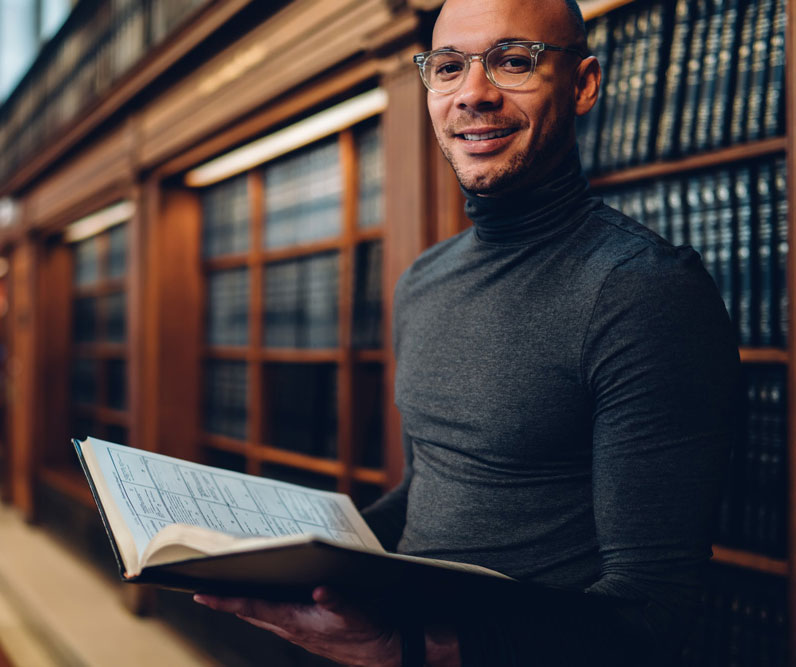Henry Thoreau once described the “art of living” as the “highest of arts.” He said that the people who practice this “highest of arts” are not artists in the usual sense of painters, sculptors, authors or musicians. Rather, they are the ones who, through the nobility of their lives, contribute to the “quality of the day,” (as Thoreau called it).
Thoreau’s insight immediately brings to mind such celebrated “artful lives” as St. Francis of Assisi’s, Mother Theresa’s and Ghandi’s. But, as playwright Myles Connolly once pointed out, there are countless people living in obscurity who contribute quietly to the “quality of the day” for others. “Everybody,” said Connolly, “at one time or another has known such people. They come into a room in a dark hour – – a sickroom say, or a deathroom, a room without hope, or merely in any hour when we are lonely or discouraged. They may say little, if anything. But the shining quality of goodness radiates from them, from…
To view this resource, log in or sign up for a subscription plan
